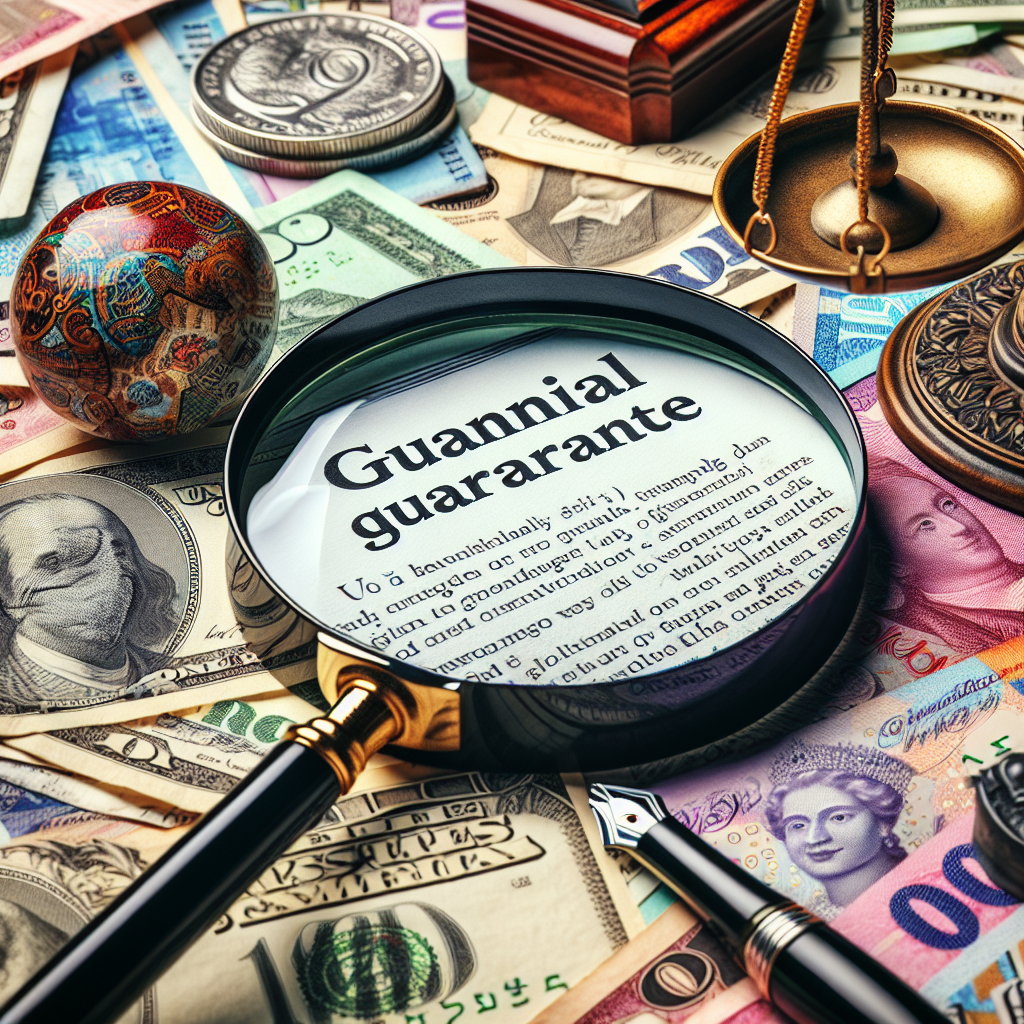EU's Financial Strategy: Using Frozen Russian Assets for Ukraine's Reparations
The EU considers using Russian frozen assets for a €140 billion reparation loan to Ukraine. Financial guarantees by EU members should not affect their deficit targets. Discussions focus on avoiding sanction blockades and seeking similar mechanisms for frozen assets in G7 countries.

- Country:
- Belgium
European Economy Commissioner Valdis Dombrovskis announced that financial guarantees by EU members for a Ukrainian reparation loan should not impact deficit and debt targets. The loan, backed by Russian frozen assets, aims to address Ukraine's war reparations.
Discussions among EU finance ministers revolved around ensuring the loan's guarantees don't affect financial metrics, as Italy and other countries sought clarification. The EU plans to hold Russian assets until reparations are made, though Eurostat's confirmation is awaited.
The EU is also examining how to prevent sanctions against Russia from being blocked by a single member state. Meanwhile, G7 members are encouraged to adopt similar frozen asset strategies. The discussions are set for upcoming global finance meetings.
(With inputs from agencies.)
ALSO READ
Race Against Time: Belem's Frenetic Preparations for COP30
All Eyes on Andhra Pradesh: Prime Minister's Grand Visit Preparations
ECI Orders Swift Voter List Mapping in West Bengal Amid SIR Preparations
Preparations Amid Snowfall: Kedarnath Awaits Devotees
ECI's Crucial Visit to West Bengal for SIR-2026 Preparations










